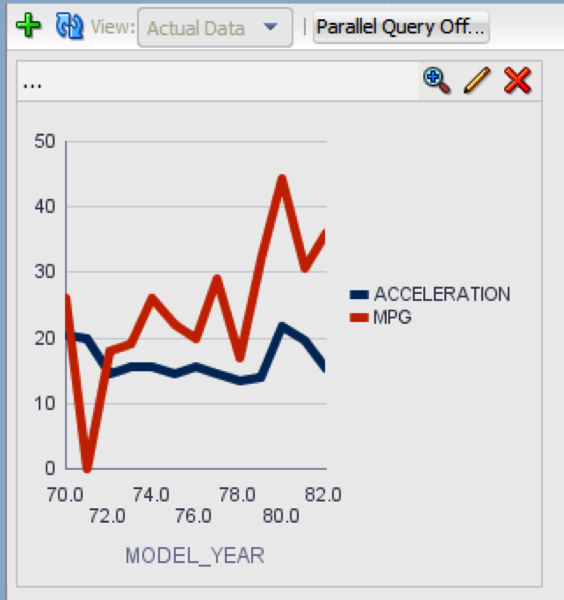The title of this blog post makes it sound more dramatic than it actually is.
The reason for this blog post is down to me receiving a recent comment on the blog, plus having received numerous emails and a recent OTN Discussion Forum topic for Oracle Data Mining.
The main thing that they have in common is that if I use the latest version of Oracle Data Mining (ODM) it tells me that I need to upgrade my ODM Repository. What impact will this have?
The ODM Repository stores lots of information about the workflows you create using the (free) Oracle Data Mining tool that comes as part of SQL Developer. Yes you do have to pay for the OAA option, so is it really free? Well some part are like the explore node and the graph node.
If you download and want to use the latest version of the ODM tool or you want to try it out before rolling it out to others then you will need to upgrade your ODM repository.
And this the problem that people are facing.
If you upgrade then the ODM Repository it is updated to work with the latest version of the ODM tool. But what happens to everyone else who is using the previous release of the tool? The answer to that is they can no longer use ODM against their database.
Why is that? Well the version of the tool is tied to a version of the Repository. If you upgrade to the newer tool and repository then your older versions of the ODM tool no longer work.
The result of all of this is that you cannot have a mixture of versions of the ODM tool (SQL Developer) being used in your team/company.
There is a very simple solution to all of this. Everyone uses the same version of the ODM tool (i.e. the same version of SQL Developer). For example your team might be using SQL Dev 4 that was released last December. But in early March there was a new patch release 4.1. In order to use this new version of the tool all of your team needs to start using it at the same time. The first person to use it will be prompted to migrate the ODM repository. This is automatically done once you enter the password for SYS.
But in some teams this is not possible to do, you want to try out the tool to see that it works correctly before getting others to use it. The way around this is to have a separate database and use it for your testing. You can easily copy across your workflows and ODM objects to the test database.
This might not be possible for everyone, so what can you do. Create a Virtual Machine and try it out on your own desktop is one way.
The answer to this problem is not ideal, but hopefully you have a better idea of why things are happening this way and what you can or cannot do about it.
Like I said at the topic of this blog post that the title is a bit more dramatic than is really the case :-)
My next blog post will be on another question I've been asked a few times and this is 'When I go to use the ODM tool it tells me that the Oracle Text feature of Oracle needs to be enabled'
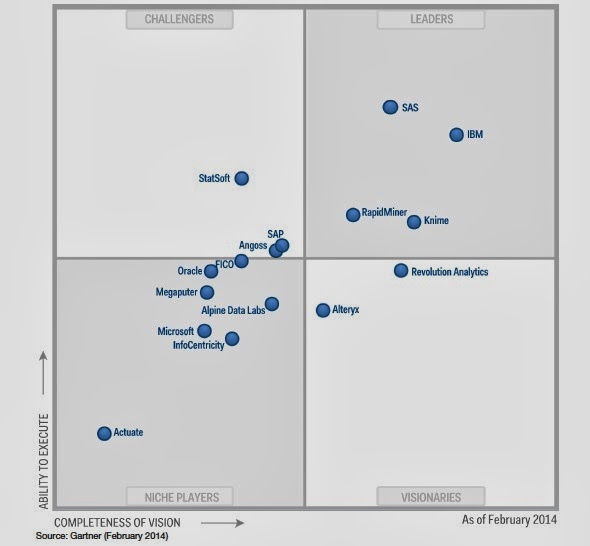
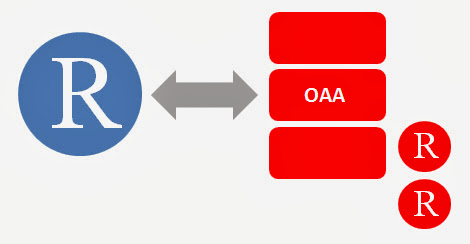



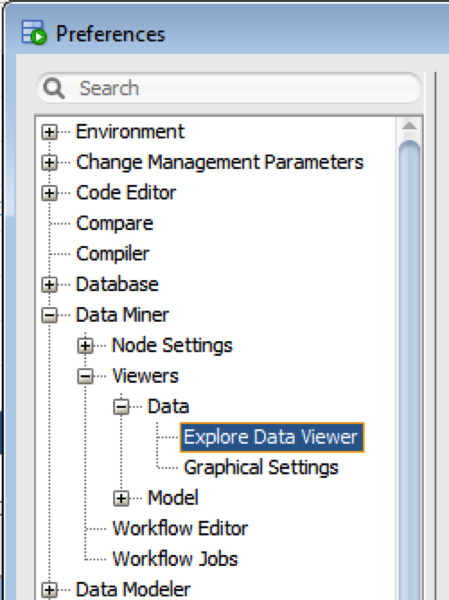
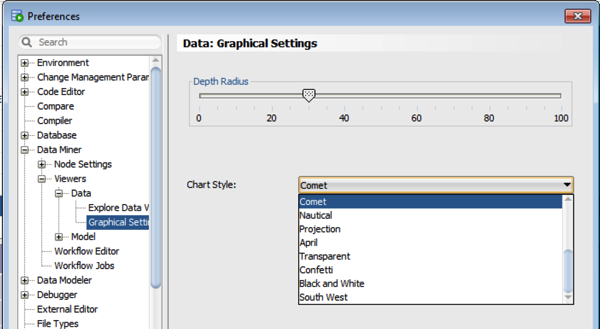

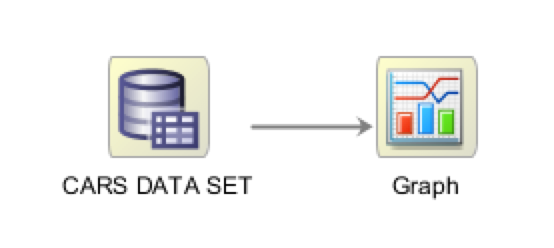 When you have these nodes created you are now ready to create your graphs. To do this double click on the Graph Node. You can now set the attribute to use for the X-axis, in my example this will be MODEL_YEAR. Then for the Y-Axis select the attributes you want to include in the stacked graph by holding down the control key as you select each attribute
When you have these nodes created you are now ready to create your graphs. To do this double click on the Graph Node. You can now set the attribute to use for the X-axis, in my example this will be MODEL_YEAR. Then for the Y-Axis select the attributes you want to include in the stacked graph by holding down the control key as you select each attribute
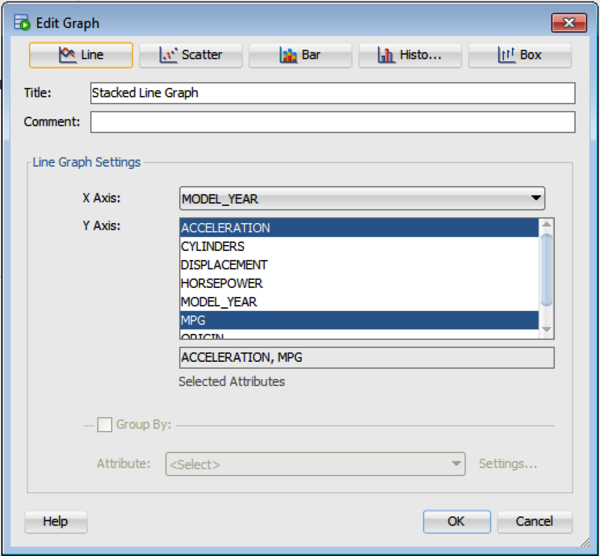 You are now ready to create the graph. To do this click on the OK button and you will have your stacked line graph.
You are now ready to create the graph. To do this click on the OK button and you will have your stacked line graph.
